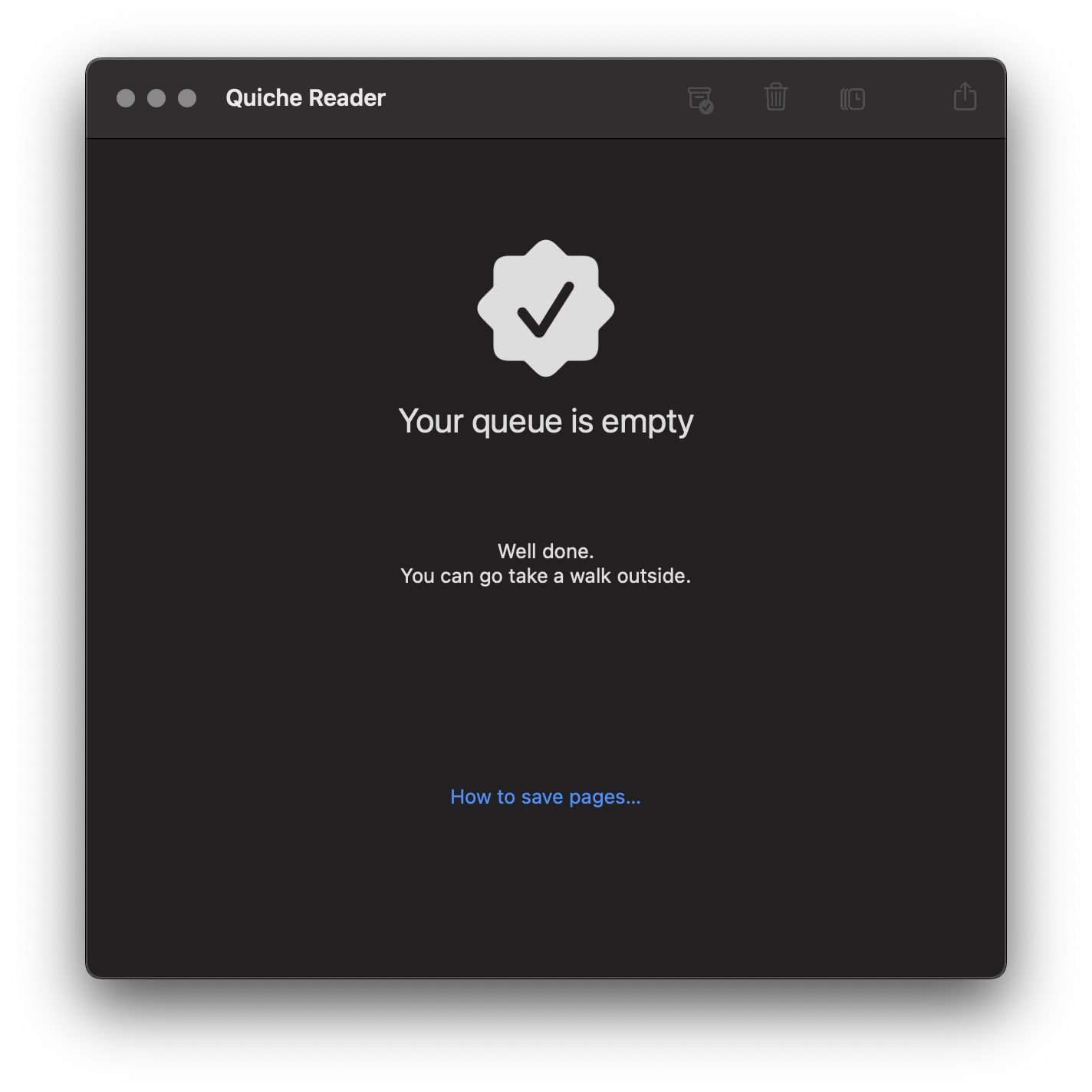I'm on a bit of a "explore other universes" trip at the moment, it would seem.
The other weekend I finally cracked and purchased my first ever OS X device
and, earlier today, I purchased my first ever iOS device.
Don't worry, I'm not abandoning the world of Android; far from it if my
experiences of iOS so far are anything to go by. However, having started
slowly working through a book that teaches Cocoa and Swift I thought it might
be interesting to be in a position, at some point in the future, to be able
to make and throw an app at an iOS device and it seemed the most affordable
way of doing that was to grab an iPod.
So I did.

One of the first things I did, and I'm glad to find it was possible, was to
load it up with apps that make it into a reasonable Google device (so, so far,
I've got Gmail, Google+, Google Calendar and Google Music on there -- need
to sort Google Drive too, at least). Next up was to get some music on it too --
might as well actually use it to listen to music, I guess.
That actually turned out to be more fun than I was expecting. See, I gave up
on iTunes many years ago, back when it was pretty much the only legit method
of buying music online. Since then I've tended to work with ripped copies of
my CD collection or I've listened to music I've bought on Google Play (the
latter bulked out with the former thanks to Google's music uploader).
And here's the fun part: if you use the recent Google Music Chrome app (which,
it seems, allows unlimited downloads of your albums) to pull the music down,
and drop them into iTune's import folder, magic happens and iTunes gets
nearly populated with music. Even better, music that I'd originally ripped as
WMAs comes back own as mp3s, so solving the problem of iTunes not doing WMAs.
Handy!
So, anyway, that's the iPod set up as a generally useful device.
As for iOS itself.... Ugh. I'm far from impressed. Compared to Android it
feels old and clunky and very constraining. For example, I can't really
control what's on the home page. Sure, I can move things about, and I can
even remove apps I've installed, but I can't remove/hide Apple's own apps
at all. The best I've managed to do is drop all of them in a folder together
and ignore that folder.
I'm finding the whole navigation thing kind of frustrating too. The lack of
a standard back button -- as you have on Android -- means that different apps
seem to do different things in terms of allowing back navigation. I'm also
still unsure how you can easily task switch (if there is a way of doing that
it's not obvious to me).
Another thing that's frustrating me is "AirDrop". I tried to use it to get
the screenshot you see above onto my iMac but nothing I did would make it work.
The iPod would see the iMac and the iMac would see the iPod but the filed
didn't appear to want to move at all.
Yet another thing that seems rather unstable is the whole business of WiFi
sync. That seems like a sensible idea -- let iTunes on the Mac know that
the iPod lives on the same network and have them sync that way. Problem is
that I'm finding that it drop out during a sync more often than not. The only
reliable method of doing a sync that I've found is to use the USB cable.
I've yet to write the blog post about my experiences with the Mac so far
but what I'm finding here fits in with what I've found with the Mac: some
of the ideas are really rather clever but they just don't quite work as
well as people would seem to want to have you believe. Apple gear has this
reputation of "just working" and I'm finding that this really doesn't seem
to be the case at all.
Still, it's all a learning process and I know far more about Apple gear now
than I did a week or so back, and I'm learning more as I go.






